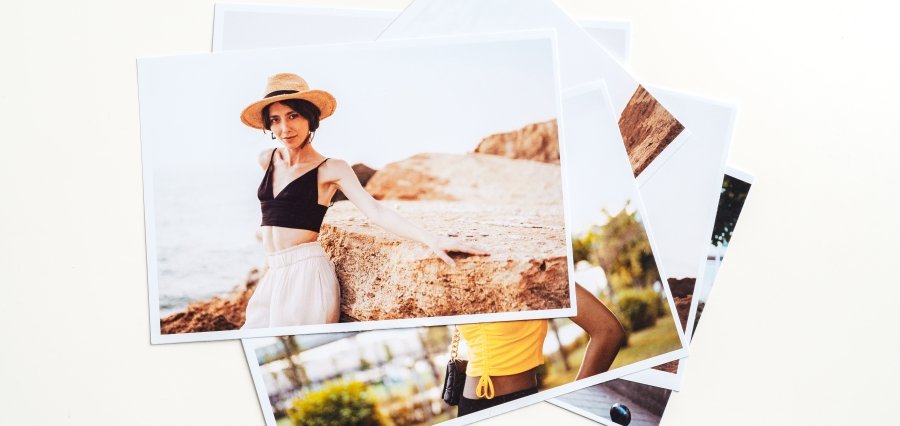Prime Highlights:
- Emma Sarpaniemi and Margaret Liang use self-portraiture to explore themes of identity, femininity, masculinity, and sexuality.
- PhotoVogue’s Female Gazes project creates a global platform for women photographers to share their work and experiences.
Key Facts:
- The Female Gazes series began in 2016 during the first PhotoVogue Festival and has since grown into an international initiative.
- Emma Sarpaniemi’s projects, Two Ways to Carry a Cauliflower and Snake Lifter, reflect her changing emotions, while Liang’s Mountain of a Question, traditional views of strength and masculinity.
Key Background:
The latest edition of PhotoVogue’s Female Gazes series brought together photographers Emma Sarpaniemi and Margaret Liang to talk about identity, vulnerability, and women’s place in photography. They are both famous for their self-portraits, where they discover the idea of femininity, masculinity, and sexuality with a certain element of playfulness and irony, with the help of the camera.
The project started in 2016 at the PhotoVogue Festival and has since then been a platform to support and showcase female photographers all over the world. With the recent “Women by Women” global open call, the project now offers a participatory space for women to share, dialogue, and reflect on their practices.
For Emma Sarpaniemi, self-portraiture is both personal and universal. Her projects, Two Ways to Carry a Cauliflower and Snake Lifter, use props, colors, and performance to explore femininity and emotions. As compared to the playful and bright in her earlier photos, her newer work depicts anger and sadness, as she experienced them. She tells us that self-portraiture is a way of making alternate versions of herself, and identity may evolve.
Liang’s practice, meanwhile, took shape during the pandemic. Initially, photographing herself as an act of reclaiming agency over her body, she later developed Mountain, a long-term project inspired by her bodybuilding journey after an accident. The piece challenges the idea that strength and masculinity are limited to the body of a man, using her own as the model. Liang observes that the demonstration of the process, which is usually done by visible cable releases or mirrors, enables her to keep a tight rein on the process, as well as to be vulnerable.
Both artists acknowledge the delicate balance of being in front of and behind the camera. While the act can feel exposing, it also provides empowerment and self-determination. For them, self-portraiture is less about vanity and more about the connection between artist, subject, and viewer.
By redefining the gaze, Emma Sarpaniemi and Liang demonstrate how women can use photography not only to express themselves but also to challenge cultural expectations and broaden the conversation around identity.




